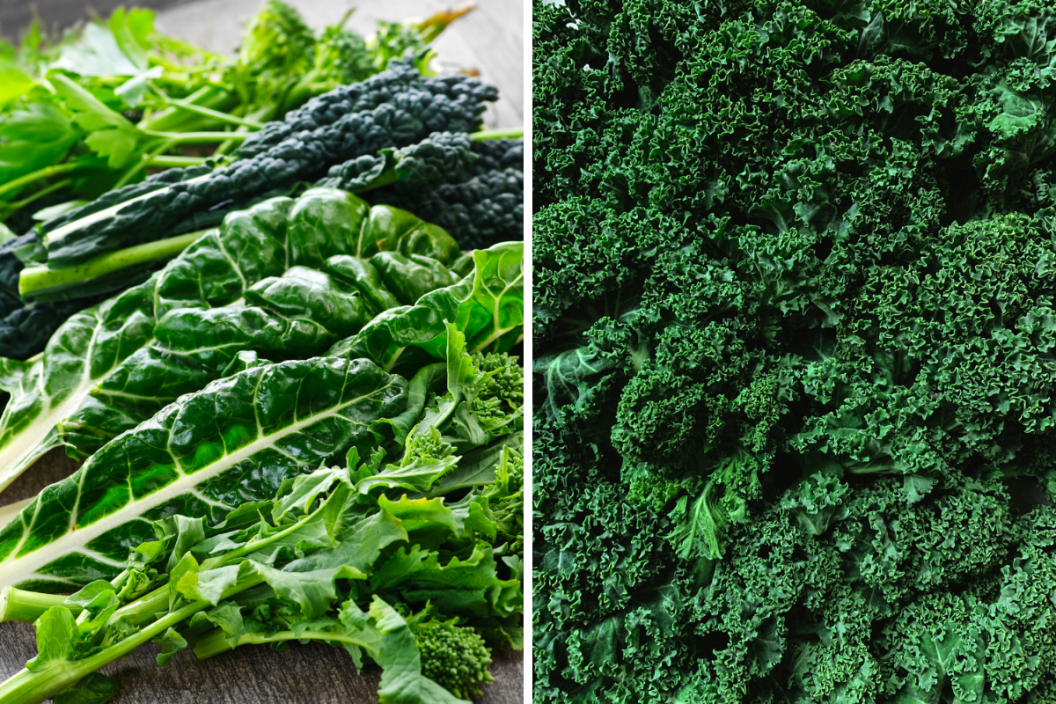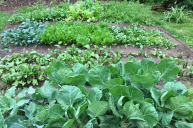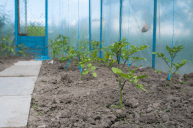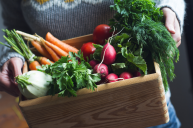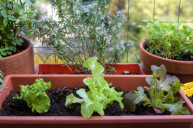Gardening is in my blood. I grew up helping in my maternal Grandmother's (aka Gam) veggie patch. As I child, I thought everyone grew their own food. We rarely bought vegetables from the grocery store. I grew up composting veggie scraps. And every year, I helped her plan, buy seeds and prep our garden in the spring, and plant after the last frost. We literally enjoyed the fruits (and veggies) of our labor with seasonal harvests. My paternal grandfather had a massive watermelon farm. Yet, gardening was my least favorite chore as a kid. Then, the garden bug bit me and I've been gardening ever since. Curly kale and collard greens are high on the list of easy to grow, nutritious greens.
Over my 20+ years of urban gardening, I've learned that collard greens and kale are two of the heartiest and most resilient greens. They offer abundant and long yields almost all year round. Collard greens actually thrive in cold weather and should be harvested after the first frost for peak sweetness and flavor.
I've enjoyed planting several varieties of both and enjoy the different flavors that complement meat and meatless dishes. "Part of the Brassicaceae, or Cole Crop family, collards and kale are cabbage cousins," which explains why they are so great together in dishes and can be scrumptious substitutes or stand-ins for each other. Yet, they should never be planted together.
Collards and kale need their own, separate dedicated space when planted because they need nutrient-rich soil and good drainage for their 2-3 inch roots. Otherwise, they could start competing with each other and potentially deplete the soil before they grow to maturity and offer their full array of flavor-filled vitamins and other health benefits. If you live in a confined space or urban area, they should be planted in separate beds or containers. The planting instructions for collards and kale are similar. Seed and Spoon suggests, "Collard greens are planted 1/4 inch deep, 1 per square foot, in the full sun. Take care to notice what plants are around the area as well [for companion plants]. Collard greens sprout between 4-10 days and require moderate and consistent watering."
The same can be said for kale, which should be planted about 12 inches apart in well-drained soil.
While collards and kale should not be planted together, there are some good companion plants that can grow in close proximity with collards and kale like potatoes, celery, onions, and herbs like thyme, rosemary, and sage, but never tomatoes or strawberries. Onions can also help stave off aphids and other insects that love collard greens.
The South and Greens
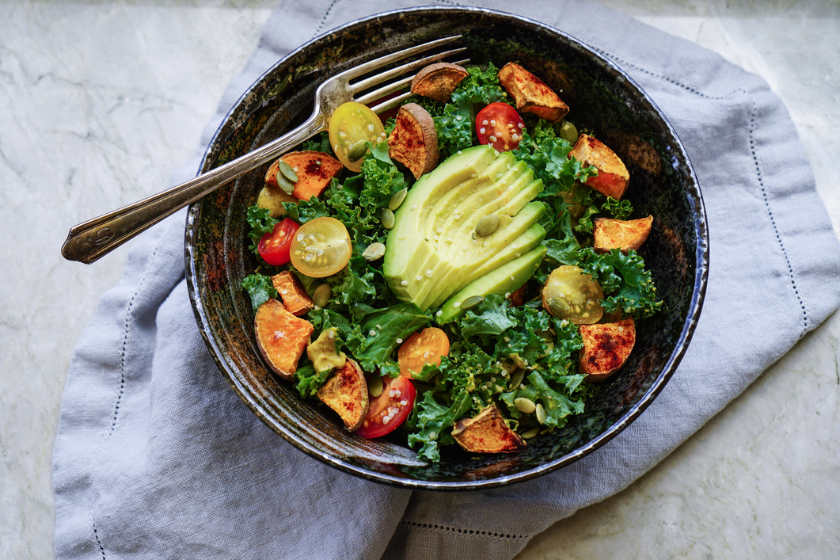
iStock/Getty Images
There are about 7 varieties of collard greens and there's a common myth that they came from Africa, because of their revered status in African American soul and southern food. But food historians like Michael Twitty actually found that collard greens are from Euroasia and were introduced to America through the Portuguese slave trade. Enslaved Africans brought them to the United States and grew and cultivated them because of their hearty and resilient qualities.
Curly kale, on the other hand, was cultivated in a variety of different countries. All About Gardening explains, "As the plant was domesticated and seeds were disseminated across Europe, kale greens were refined into four major different types: the Curly kales of modern grocery stores, the Lacinato kales of Italy, the ultra-cold-tolerant Russian kales of Scandinavia, and the more recently developed baby kale microgreens."
There are about 15 different varieties of kale and I'm proud to say that I've successfully grown 4 varieties with the guidance and help of expert gardener, forager, and budding mycologist, Justin A. for the Lawrence Road Church Community Garden.
Long Harvest and Yields
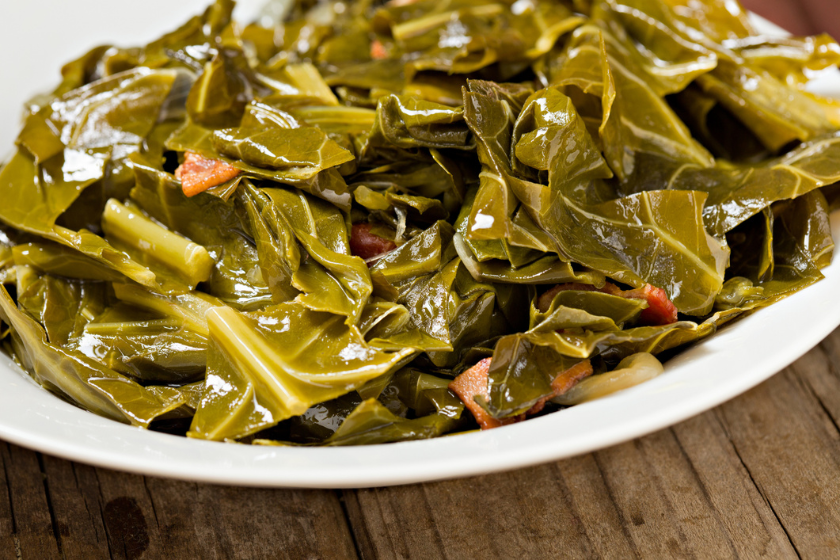
iStock/Getty Images
I gleefully discovered the resilience of both kale and collard greens when I noticed they provided tasty greens up until our first snowstorm and with minimal cover. I've used everything from burlap to fancy portable, plastic plant covers to cover my collard and kale plants— just don't let the plastic touch the plants during the winter because they could damage them. You can also use mulch to protect the roots and straw to loosely cover the plants, but they don't need much if anything.
They both came back after the winter thaw to give us another bountiful season of greens in the spring and summer. The average plant will come back for 2 years before they bolt and start making seeds.
